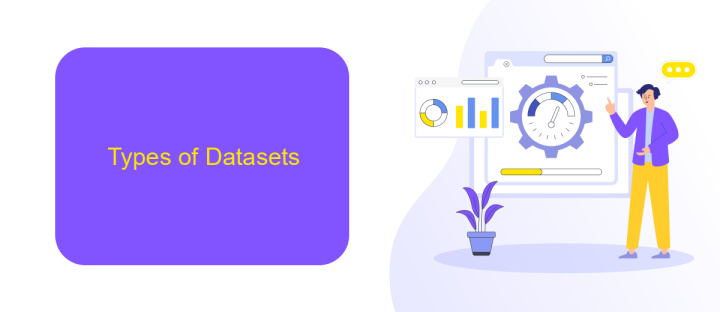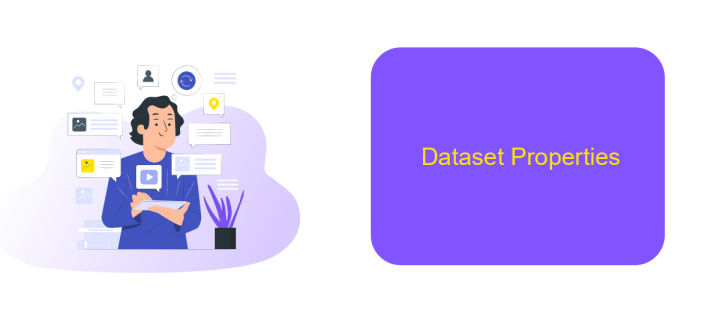What is Dataset in Azure Data Factory
A dataset in Azure Data Factory represents a structured collection of data that is used as a source or destination in data workflows. It defines the schema and location of the data, enabling seamless data integration and transformation processes. Understanding datasets is crucial for efficiently managing data pipelines and ensuring accurate data movement across various storage and processing systems.
Overview of Dataset
In Azure Data Factory, a dataset represents a structured data source that can be used in data transformation activities. Datasets define the schema and data within linked services, enabling seamless data movement and processing across various data stores.
- Structured data source representation
- Schema definition and data handling
- Integration with various data stores
Datasets are crucial for defining the input and output data in data pipelines. They allow for efficient data manipulation and transformation, ensuring that data is accurately processed and moved. For enhanced integration capabilities, services like ApiX-Drive can be utilized to automate data workflows between different platforms, ensuring seamless data synchronization and reducing manual efforts.
Types of Datasets

In Azure Data Factory, datasets represent data structures within various data stores. These datasets define the schema and location of the data to be used in activities like copy, data transformation, and more. There are primarily two types of datasets: linked services and integration datasets. Linked services act as connection strings to data stores, such as Azure Blob Storage, Azure SQL Database, or external services like ApiX-Drive, which facilitate seamless data transfer and integration between different platforms.
Integration datasets, on the other hand, define the data that needs to be processed or transferred. They include details about the data's structure, such as table schemas or file formats, and are essential for activities that manipulate or move data. By leveraging services like ApiX-Drive, users can automate and streamline the integration of various data sources into Azure Data Factory, ensuring efficient and reliable data workflows. This flexibility allows businesses to handle complex data pipelines with ease, enhancing their data management capabilities.
Creating and Managing Datasets

Creating and managing datasets in Azure Data Factory involves several steps to ensure seamless data integration and transformation. To begin, you need to define the dataset, which represents the data structure within your data store. This can include tables, files, or folders, depending on the data source.
- Navigate to the Azure Data Factory portal and select the Author & Monitor option.
- In the Author section, click on Datasets and then on the New Dataset button.
- Choose the data store type (e.g., Azure Blob Storage, Azure SQL Database) and configure the dataset properties, such as name, linked service, and file path.
- Define the schema for the dataset, specifying columns, data types, and other relevant metadata.
- Save and publish the dataset to make it available for use in pipelines and data flows.
Managing datasets involves updating schema definitions, monitoring dataset activities, and troubleshooting issues. For enhanced integration capabilities, consider using ApiX-Drive, which simplifies the process of connecting various services and automating data workflows. This can significantly reduce the time and effort required to manage datasets in Azure Data Factory.
Dataset Properties

In Azure Data Factory, a dataset represents the structure of the data and the location of the data, but it does not contain the data itself. It defines the schema and format of the data to be used in data transformation activities. Datasets are crucial for connecting to various data sources and sinks, enabling seamless data movement and transformation.
Each dataset in Azure Data Factory is characterized by several properties that define its behavior and capabilities. These properties ensure that the dataset can be correctly interpreted and processed by the data factory pipelines.
- Linked Service: Specifies the connection information to the data source.
- Schema: Defines the structure of the data, such as columns and data types.
- Format: Indicates the format of the data, such as CSV, JSON, or Parquet.
- Location: Specifies the location of the data, which can be a file path or a database table.
- Parameters: Allows for dynamic configuration of the dataset properties.
Integrating datasets with external services like ApiX-Drive can further enhance data workflows by automating data transfers and transformations across various platforms. This integration simplifies the process of connecting multiple data sources and ensures efficient data management.
Best Practices for Using Datasets
When working with datasets in Azure Data Factory, it's essential to follow best practices to ensure efficient and reliable data integration. Firstly, always define clear and consistent naming conventions for your datasets. This helps in quickly identifying and managing your data sources and destinations. Additionally, leverage parameterization to make your datasets more dynamic and reusable across different pipelines, reducing redundancy and maintenance efforts.
Another key practice is to monitor and optimize performance regularly. Use Azure Data Factory's built-in monitoring tools to track dataset performance and identify bottlenecks. When integrating multiple data sources, consider using third-party services like ApiX-Drive to streamline and automate data flows. ApiX-Drive offers seamless integration capabilities that can simplify complex data workflows, saving time and reducing errors. Lastly, ensure robust data governance by implementing access controls and auditing mechanisms to protect sensitive data and maintain compliance.


FAQ
What is a Dataset in Azure Data Factory?
How do I create a Dataset in Azure Data Factory?
Can I use multiple Datasets in a single pipeline?
What types of data stores are supported for Datasets in Azure Data Factory?
How can I automate the creation and management of Datasets in Azure Data Factory?
Apix-Drive is a simple and efficient system connector that will help you automate routine tasks and optimize business processes. You can save time and money, direct these resources to more important purposes. Test ApiX-Drive and make sure that this tool will relieve your employees and after 5 minutes of settings your business will start working faster.

